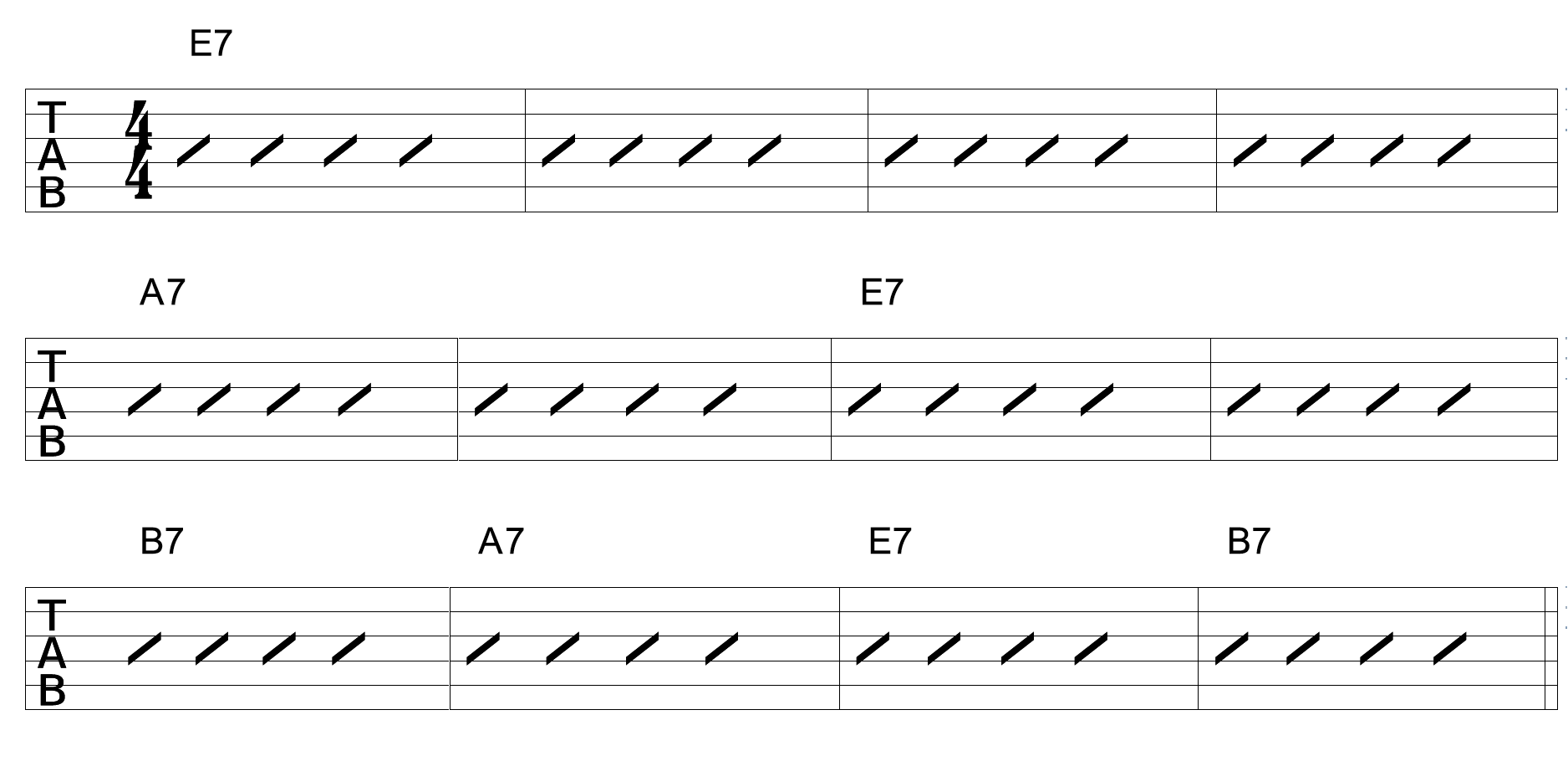

That’s the basis of the blues, but how exactly do you play this on guitar? How to Play Blues Guitar Chords Chord Voicings and 12-bar Variations Remember that each measure is 4 beats, and you’ll wind up with something that looks like this: So if we want to play the 12-bar blues progression in the key of C, we will play:

The uppercase (I, IV, V) chords in this diagram are major chords, while the lowercase (ii, iii, etc.) are minor chords – but you don’t need to worry about that for now, because all we’ll be using are major chords. In a scale, each note corresponds to a number (the degree of the scale), with the root note (or tonic) of the scale being number 1 (I).Īll we did is “count” the musical alphabet starting from C. Music notation often uses Roman numerals to show chords. The secret to playing 12-bar blues in any key is learning how to find these I, IV, and V chords. This progression, played on a loop, forms the foundation of the entire blues genre. The most basic 12-bar blues is just 3 blues chords played in a 12-measure (bar) pattern. There are different versions of the 12-bar blues progression – also called blues changes – but the simplest form uses 3 chords: the I, IV, and V. The foundation of the blues genre is a simple chord progression called 12-bar blues.Ī bar, in this case, means a measure – 4 beats. Playing 12-bar blues chords takes just a few special tricks, and I’ll lay them all out for you the same way I’ve taught them to many others in the past. Learn to Play Blues Guitar Chords in Any Key

You’ll learn the basic 12-bar blues progression, a couple variations, and how to play the blues in any key.īy the time we’re done here, you’ll be able to go to any blues jam and follow along with the pros. Today, we’re going to take a look at how to play blues guitar chords.


 0 kommentar(er)
0 kommentar(er)
